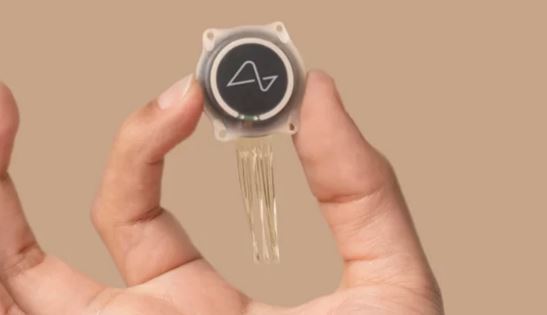Elon Musk has shared an exciting update on his ambitious plan to enable humans to wirelessly connect their brains with phones and other devices. He revealed that Neuralink, his company, has successfully implanted its device into the first human.

The individual, kept anonymous, is reportedly “recovering well,” according to Musk’s announcement on X, the platform formerly known as Twitter. Musk highlighted promising results in detecting neuron spikes, indicating cellular activity between the brain and the nervous system.
This development follows months of Neuralink actively recruiting potential human test subjects for its clinical trial, approved by the Food and Drug Administration in May. The trial aims to enlist individuals aged 22 and above dealing with quadriplegia due to spinal cord injuries or ALS, a condition affecting body control.
Neuralink’s clinical trial, named PRIME (Precise Robotically Implanted Brain-Computer Interface), utilizes a robot during surgery to precisely insert the implant wires into a brain region related to movement. The device interprets a person’s neural activity, allowing them to operate a computer or smartphone by mere intention, eliminating the need for wires or physical movement.
The implant procedure involves custom-made microscopic needles, with tips only 10 to 12 microns in width, minimizing damage to the cortex. Neuralink emphasizes the groundbreaking nature of the PRIME trial, aiming to place a cosmetically invisible implant in a part of the brain responsible for planning movement.
The implant itself comprises “1024 electrodes distributed across 64 threads,” according to Neuralink. It is a key hardware component, accompanied by a surgical robot and the Neuralink user app connecting wirelessly to a computer or other devices. The implant is powered by a small battery charged wirelessly via a compact, inductive charger.
Musk announced that the product resulting from the implant surgery would be named “Telepathy,” enabling control of phones, computers, and other devices through thought. He envisioned initial users as those who have lost limb function, aiming to enhance communication speed for individuals like Stephen Hawking.
Neuralink’s broader goal is to redefine human capability and independence. Prospective participants in the PRIME trial are encouraged to consider shaping the future of interaction not only for themselves but also for countless others.